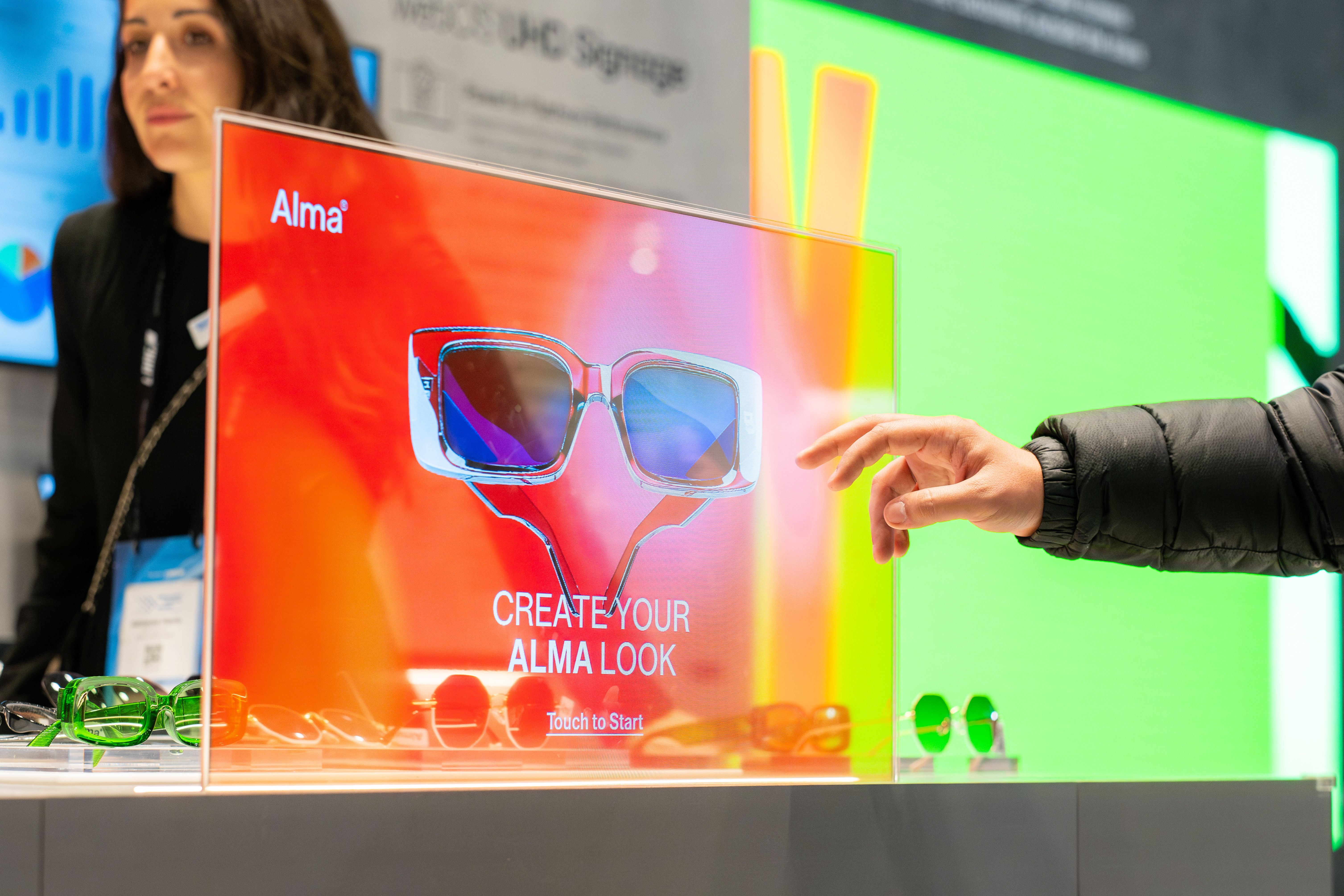
Retail market trends 2026
ISE Insights One growing trend is for tech-filled flagship stores. Designed to offer unique, immersive and personalised experiences, these high-tech spaces encourage emotional investment in a brand, often utilising a combination of digital signage, software, interactive displays and even spatial audio to attract and engage shoppers.
One growing trend is for tech-filled flagship stores. Designed to offer unique, immersive and personalised experiences, these high-tech spaces encourage emotional investment in a brand, often utilising a combination of digital signage, software, interactive displays and even spatial audio to attract and engage shoppers.
Indeed, interactivity has become a key aspect of the retail experience, and digital signage systems are often at its core. Gesture control, sensors that track gaze and proximity, and even QR codes are all helping to deliver relevant content in real time based on customer activity.
However, experience-based retail doesn’t scale, so while investing in a handful of flagship stores is a powerful way to attract customers in certain locations, it can’t be replicated in every outlet. To ensure a consistent customer journey regardless of location, many retailers are investing in smaller, more cost-effective displays for lower footfall locations. These can provide the same information, promotions and messaging seen elsewhere but for a lower outlay. In addition, digital signage systems that are linked to back-end central inventory systems can be used to browse, order and deliver alternative product options (such as different sizes or colours) that are not in stock at that location.
Retail media networks are also proving to be key for delivering integrated messaging while also helping to create additional revenue. Through a combination of digital signage, interactive displays and AI-driven content delivery, in-store retail media networks enable brands to advertise directly to consumers at the point of purchase, and their impact can be measured at checkout. Retailers can also share promotional material across their channels and potentially use first-party data to feed relevant adverts online creating a joined-up experience for customers.
Content delivery isn’t the only way in which AI is being utilised in stores, although the technology is still in its infancy in the retail space. Current use cases include AI-powered assistants that can interact with customers, and AR- and AI-powered smart mirrors that allow shoppers to see what an outfit will look like without actually trying it on. Many of the benefits of AI in retail continue to be behind the scenes, however, where it can streamline inventory management, deliver personalised recommendations based on customer data and optimise supply chain processes.
AV technology is also contributing to the rise in gamification in retail. As consumers seek more authentic experiences and retailers look to boost engagement and loyalty, the opportunity to gain badges, top leaderboards and complete daily challenges via digital signage content is proving increasingly popular, while treasure hunts that utilise interactive displays or mobile-based augmented reality games help to make physical stores more interactive. This ‘phygital’ approach combining digital engagement with real-world experiences looks set to remain popular as mobile integration continues.
Another technology that is aiming to conquer the retail space is ePaper. While still a costly option initially, its low energy consumption is increasing its appeal. Concerns remain around screen sizes, colour accuracy and its inability to show video, but this looks like one to watch where the use case allows.
Related News
-
A highly anticipated speaker session at ISE 2025 is ‘The Next Frontier: Digital Humans and Generative AI in Retail Digital Signage’ by Ivan Lau, co-founder and CEO at Pantheon Lab Ltd – a trailblazing ...



)
)
)
)
)
)
)
![[inst]ALLICHT](https://cdn.asp.events/CLIENT_Integrat_169E7B04_E6F3_39F6_8BE4DB27C54F731E/sites/ise-2025/media/libraries/partners/Inst_Allicht_Logo.png/fit-in/500x500/filters:no_upscale())
)
)
)
)
)
)
)
)
)
)
)
)

)
)
)
)
)
)
)
)
)
)
)
)
.png/fit-in/500x500/filters:no_upscale())
)
)
)
)
)
)
)
)
)
)
)
)
)
)
)
)
)
)
)
)
)
)
)
)
)
)
)
)
)
)
)
)
)
)
)
)
.png/fit-in/500x500/filters:no_upscale())
)
)
)
)
)
)
)
)
)
)
)
)
)
)
)
)
)
)
)
)
)
)
)
)
.png/fit-in/500x500/filters:no_upscale())
)
)
)
)
)
![rAVe [PUBS]](https://cdn.asp.events/CLIENT_Integrat_169E7B04_E6F3_39F6_8BE4DB27C54F731E/sites/ise-2025/media/libraries/partners/rAVe-PUBS-Google-Logo.png/fit-in/500x500/filters:no_upscale())
)
)
)
)
)
)
)
)
)
)
)
)
)
)
)
)
)
)
)
)
)
)

)
)
)
)
)
)
)
)
)
)
)
)